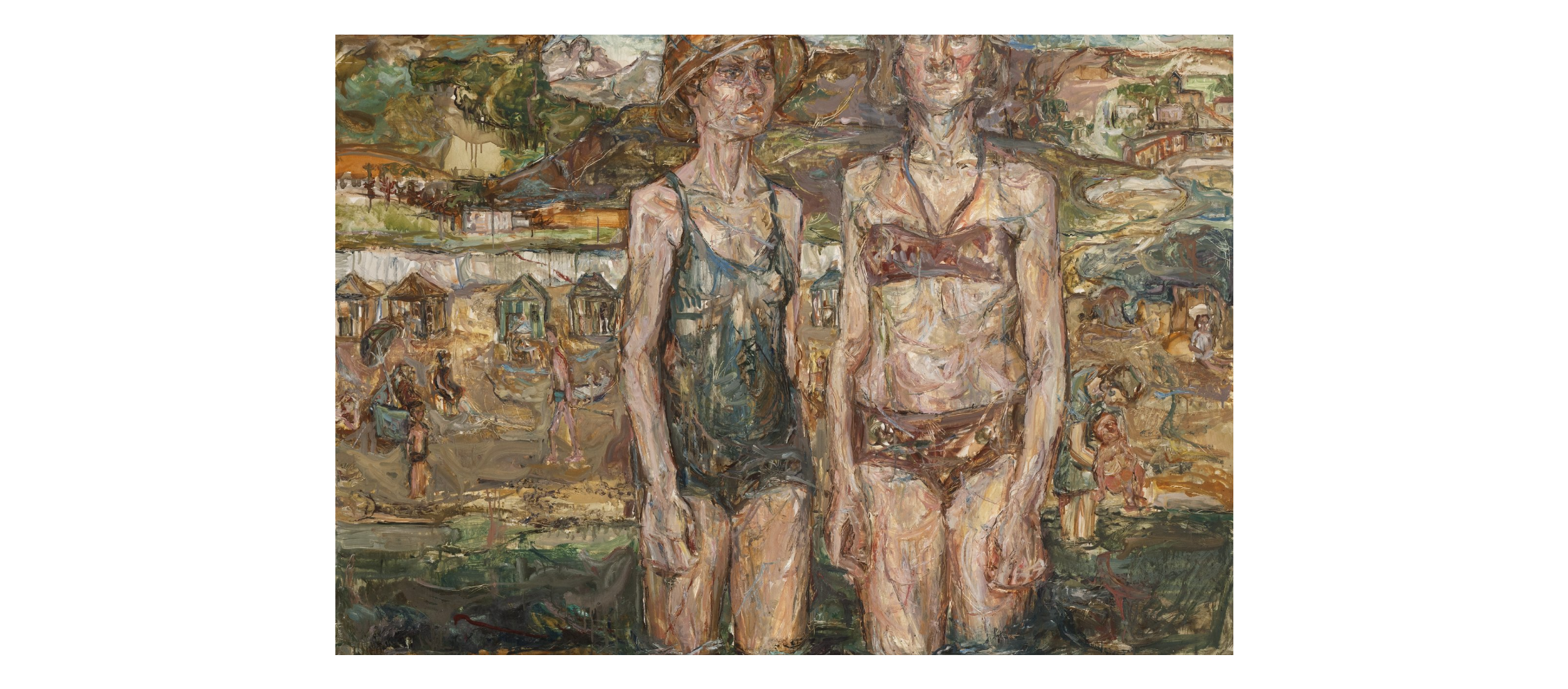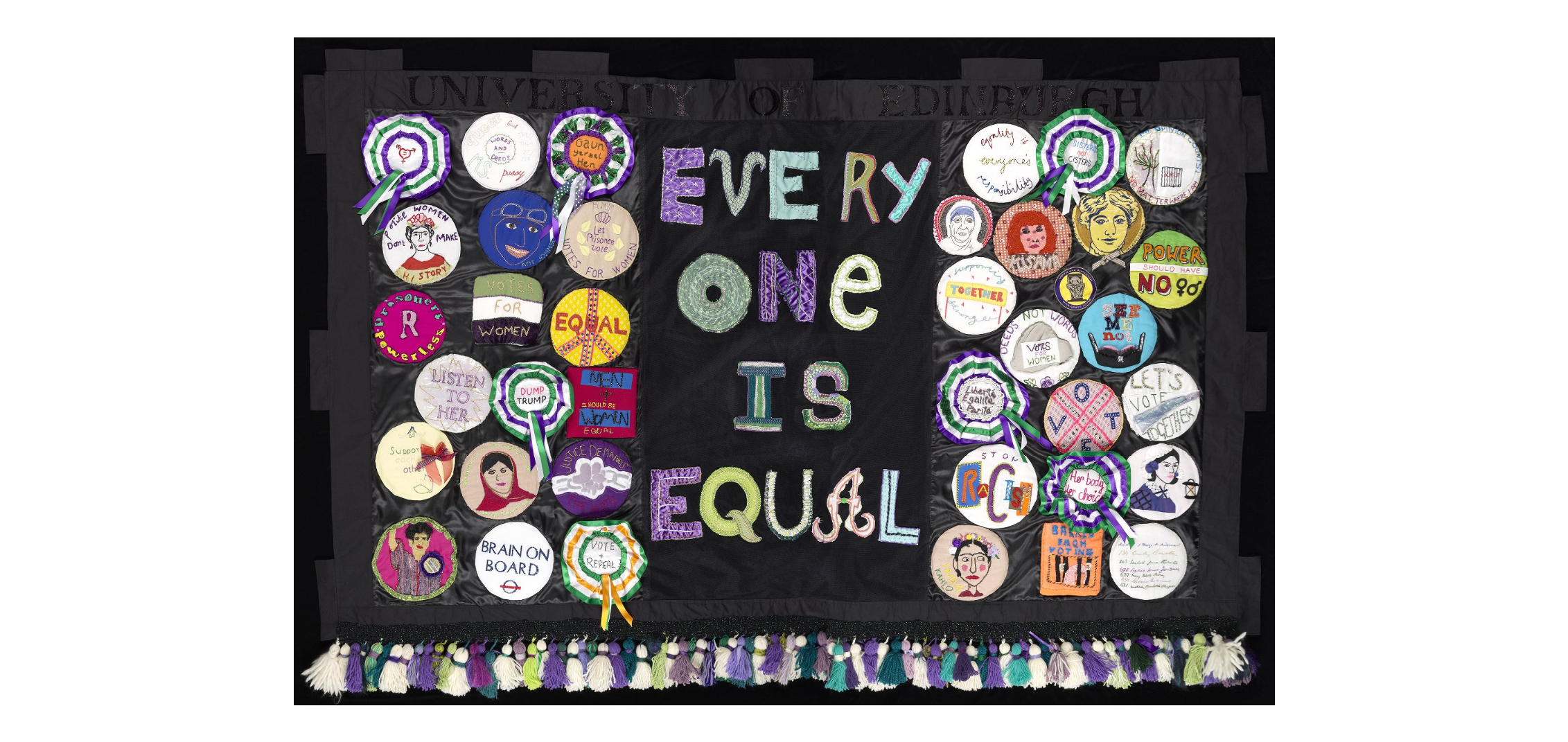In the previous post, I highlighted the difficulties we face in narrowing the over 6,000 collections items into a manageable 20-30 from which our co-curators would select pieces for mindful engagement. We have since arranged a meeting with Bernadette Hall (Bern) from Science Galleries Melbourne and Heng Yeng Tan from the National Gallery Singapore who had previous experience of using arts and heritage pieces in a mindful setting to help us to create our final shortlist. To say it was informative would be a massive understatement.
Our strategy when approaching the selection process was to focus on the piece: the colours and materials involved, its subject matter, and so forth. While we did think about various other factors (e.g. ensuring a diverse array of artists and types of item, ensuring digitisation), our panellists really drew our attention to the fact that practical considerations should be at the fore of our decision making. They asked us to consider:
- Public access to the item (Is it easy to find in the catalogue? Can the digital visitor gain access to the physical piece?)
- Information about the item (Is there a detailed description? Do we know who the author is? Would it require curatorial work to fill in necessary information on the catalogue?)
- Copyright & Usage (Is the digitised item able to be used by the public? Can we use it in our advertising and outreach materials?)

Bathers, Alexander Vivienne (1962) Bern was keen to include this artwork, but the catalogue lacks a description. If we can add this information, we might be able to include it in our shortlist. © The University of Edinburgh
Immediately, this allowed us to rapidly narrow the selection even further. Combined with our original aim of selecting a diverse array of item types and origins, we soon had a shortlist within our bounds.
The second lesson was really helpful. As mentioned in the past blog post, we had been playing it safe in our selections. Specifically, we were worried about selecting political and activist works. This was for two reasons:
- We feared using them in this setting would de-contextualise them; disrespecting both the message and the artwork itself.
- We wanted to play it safe and avoid potential triggers for our co-curators.

Processions Banner (front), Various makers (2018) A collections item we can now comfortably include in our shortlist, and, potentially, our final exhibition. © The University of Edinburgh
Having had a much deeper discussion with our panellists, we learned enough to feel comfortable including such artworks in our final shortlist. While not necessarily misplaced, our concerns were not insurmountable as long as we approached it in the right way. Moreover, in many cases, such works may allow a more intimate and personal connection for our viewers and co-curators who may have lived experience of the issues addressed in these works. As such, this was a really positive lesson, freeing us up to showcase a number of works that focus on important issues, including many new acquisitions at the CRC.

Leave a Reply